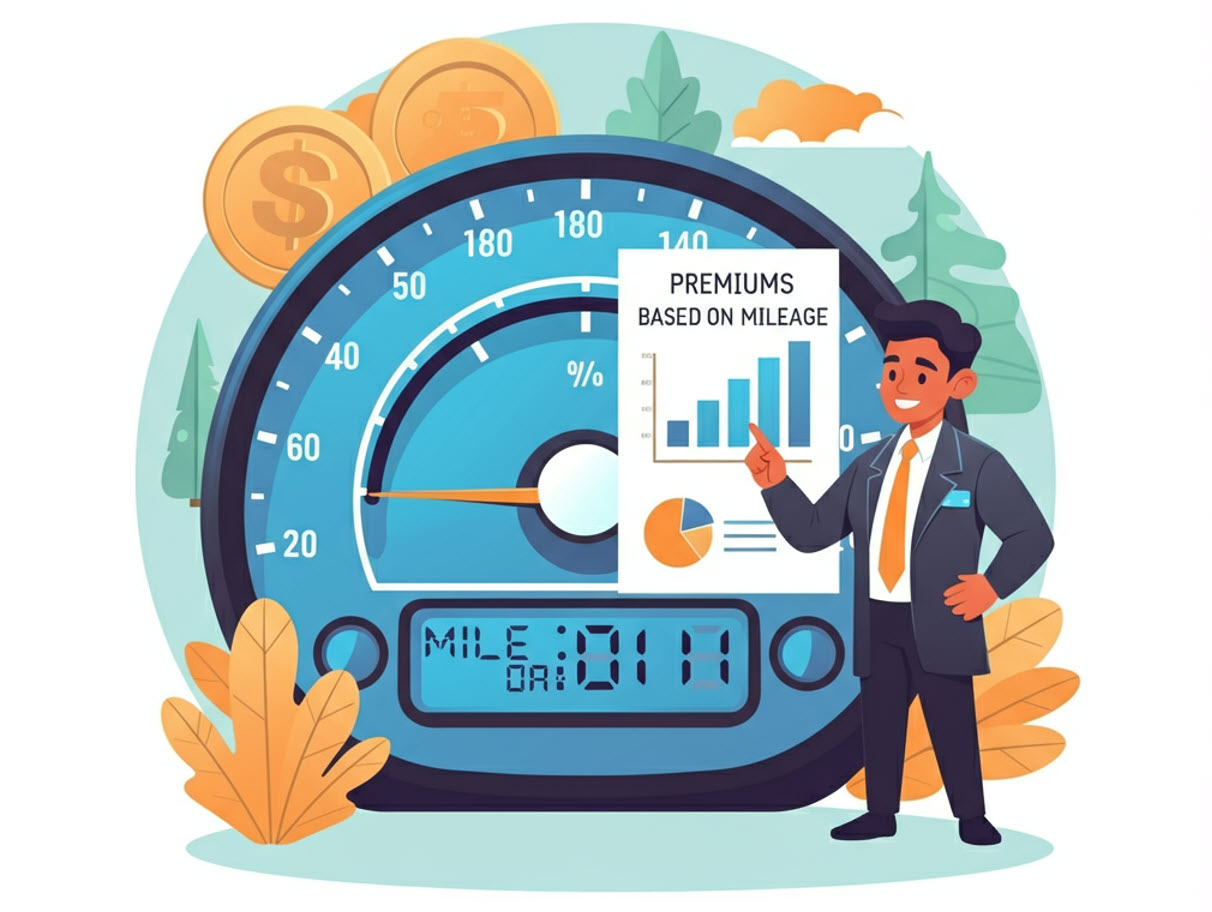The conventional auto insurance model was designed for a world where most people commuted daily and used their vehicles consistently. Today’s reality is far more diverse, with remote work, ridesharing, public transportation options, and varying driving patterns becoming increasingly common. Pay-as-you-go auto insurance has emerged as a flexible solution tailored to these modern driving habits.
Understanding Pay-As-You-Go Auto Insurance Models
Pay-as-you-go auto insurance encompasses several different approaches, all designed to align coverage more closely with actual vehicle usage:
Usage-Based Programs
These monitor your driving habits through telematics devices or smartphone apps, adjusting premiums based on:
– Miles driven
– Time of day you drive
– Driving behaviors (acceleration, braking, cornering)
– Road types and locations
Mileage-Based Coverage
This simpler approach focuses primarily on distance traveled, with premiums calculated predominantly on how many miles you drive during the coverage period.
Pay-Per-Day or Weekly Coverage
Some programs allow you to activate coverage for specific days or weeks when you’ll be driving, letting you pause protection when your vehicle isn’t in use.
Flexible Payment Structures
Rather than modifying coverage based on usage, some programs maintain traditional coverage but offer more adaptable payment options that better align with customer income patterns and financial realities.
Who Benefits Most from Pay-As-You-Go Auto Insurance?
This innovative approach to insurance works particularly well for certain driver profiles:
Low-Mileage Drivers
If you drive significantly less than the national average (about 13,500 miles annually), traditional insurance may have you subsidizing higher-mileage drivers. Pay-as-you-go models can better reflect your limited road time.
Remote Workers
With commutes eliminated or reduced for many professionals, pay-as-you-go options provide more cost-effective protection for vehicles that spend more time parked than on the road.
Multi-Modal Commuters
Those who combine driving with public transportation, cycling, or walking can benefit from insurance that acknowledges their limited vehicle usage.
Seasonal Drivers
In areas with harsh winters or other seasonal driving patterns, pay-as-you-go insurance can adjust to periods of heavier and lighter vehicle use.
Budget-Conscious Consumers
People seeking greater control over insurance costs often appreciate the transparency and customization of pay-as-you-go models, which typically provide more detailed feedback about how driving habits affect premiums.
Advantages Beyond Cost Savings
While potential savings draw many drivers to pay-as-you-go insurance, the benefits extend beyond just lower premiums:
Personalized Risk Assessment
Rather than relying on demographic generalizations, your premiums reflect your actual driving behaviors and patterns, creating a more individualized risk profile.
Driving Feedback and Improvement
Many programs provide detailed feedback about your driving habits, helping you identify areas for improvement that can both lower your premium and make you safer on the road.
Environmental Benefits
By incentivizing reduced driving, these programs indirectly contribute to lower emissions and less traffic congestion—a small but meaningful environmental benefit.
Pay-as-you-go models typically offer clearer connections between your behaviors and your costs, removing some of the mystery from insurance pricing.
Common Concerns and Considerations
Before switching to pay-as-you-go auto insurance, consider these potential challenges:
Privacy Implications
Usage-based programs require sharing driving data with your insurer. Review privacy policies carefully to understand how your information will be used and protected.
Consistency of Savings
If your driving patterns fluctuate significantly, your premiums may become less predictable compared to traditional fixed-rate policies.
Technology Requirements
Some programs require compatible vehicles, smartphones, or willingness to install tracking devices, which may present barriers for certain drivers.
Coverage Comprehensiveness
Ensure that pay-as-you-go options still provide the coverage types and limits you need, as some programs may have more limited offerings than traditional policies.
Companies like OCHO understand these concerns and have developed flexible pay-as-you-go auto insurance solutions that balance personalization with privacy, ensuring you get customized coverage without compromising on protection quality.
How to Determine if Pay-As-You-Go is Right for You
Consider these factors when evaluating whether this insurance model aligns with your needs:
- Analyze Your Driving Patterns
- Track your mileage, driving frequency, and typical routes for a few weeks to establish a clear picture of your actual usage patterns.
- Calculate Potential Savings
- Many insurers offer calculators or estimates to help you understand how your driving habits might translate to premium savings.
- Assess Your Privacy Comfort Level
- Consider how comfortable you are with sharing driving data and what controls the program offers over information collection and use.
- Review Coverage Details
- Ensure that pay-as-you-go options still provide appropriate coverage for your specific risks and assets, particularly if you have specialized insurance needs.
- Consider Your Long-Term Plans
If you anticipate significant changes in your driving patterns soon (such as a job change or relocation), factor this into your decision-making process.
Common Questions About Pay-As-You-Go Auto Insurance
- How much can I typically save?
Savings vary widely based on driving habits and the specific program, but low-mileage drivers often report premium reductions of 10-30% compared to traditional policies.
- Will my rates increase if the tracking shows poor driving habits?
Most programs emphasize rewards for good driving rather than penalties for poor habits, but particularly risky behaviors could potentially impact your rates in some programs.
- Can I try pay-as-you-go without committing long-term?
Many insurers offer trial periods or short-term programs that allow you to experience the model before making a longer commitment.
- What happens if I need to drive more than expected?
Most programs have mechanisms to adjust coverage when your driving patterns change, though this may affect your premium.
- Making an Informed Decision
Pay-as-you-go auto insurance represents an important evolution in the insurance landscape, offering greater personalization and potential savings for many drivers. However, like any insurance decision, it requires careful consideration of your specific circumstances:
Pay-as-you-go may work well if:
– Your driving is limited or follows predictable patterns
– You’re comfortable with technology and data sharing
– You value transparency in how your premium is calculated
– Your lifestyle allows for flexible or variable vehicle usage
Traditional insurance might be better if:
– You drive extensively or unpredictably
– You have significant privacy concerns
– You prefer absolute consistency in your insurance costs
– You qualify for substantial discounts with traditional policies
Conclusion: A Reflection of Evolving Transportation Needs
Pay-as-you-go auto insurance represents more than just a pricing innovation—it reflects a broader evolution in how we think about transportation, vehicle ownership, and personal mobility. As our relationship with driving continues to change, insurance models that provide greater flexibility and personalization will likely become increasingly valuable.
By understanding the various pay-as-you-go options available, carefully analyzing your driving patterns, and considering both the potential benefits and limitations, you can determine whether this modern approach to auto insurance aligns with your unique transportation lifestyle and financial goals.
Remember that the ideal insurance solution balances appropriate protection with affordability and convenience for your specific situation—whether that’s a traditional policy, a pay-as-you-go model, or some combination tailored to your evolving needs.



